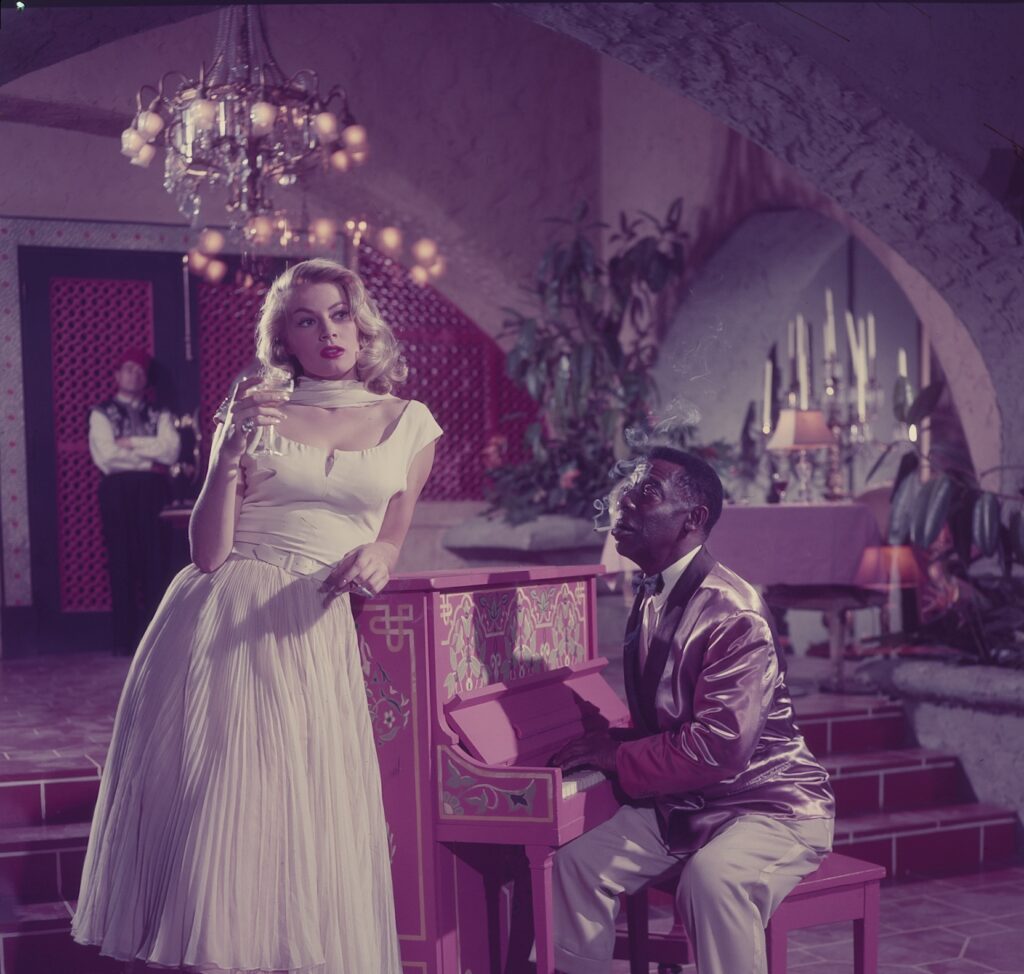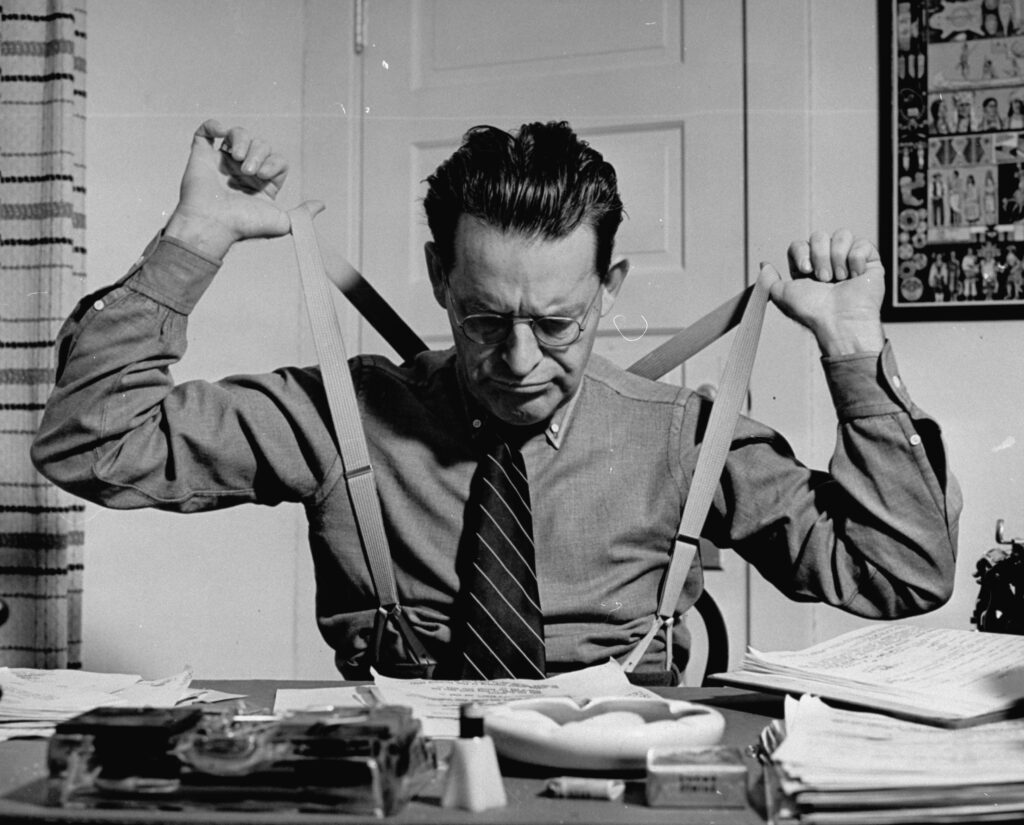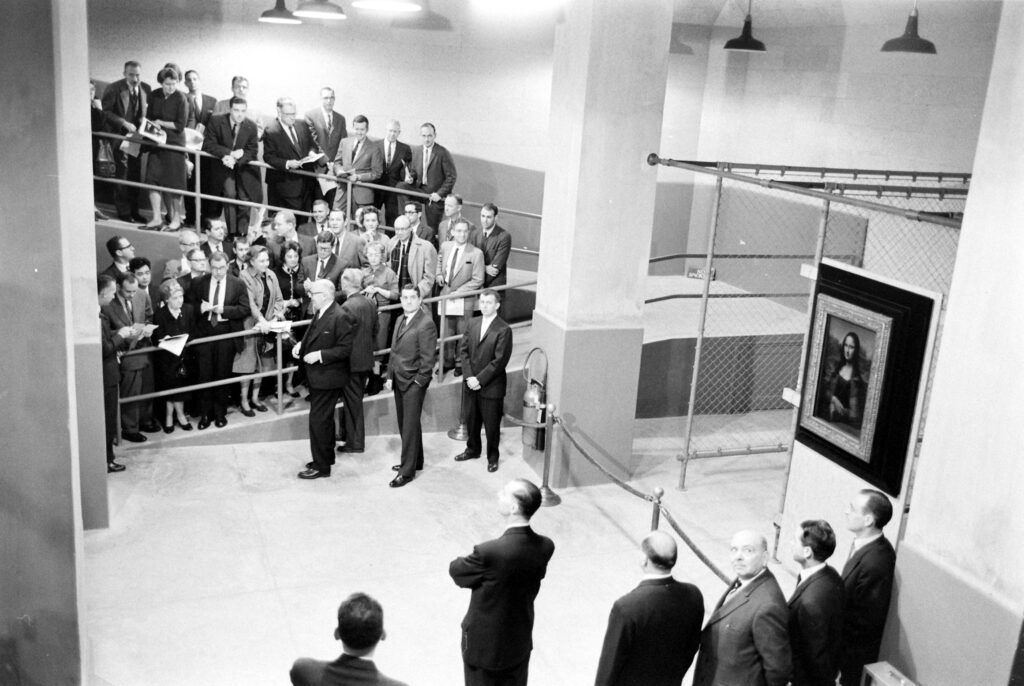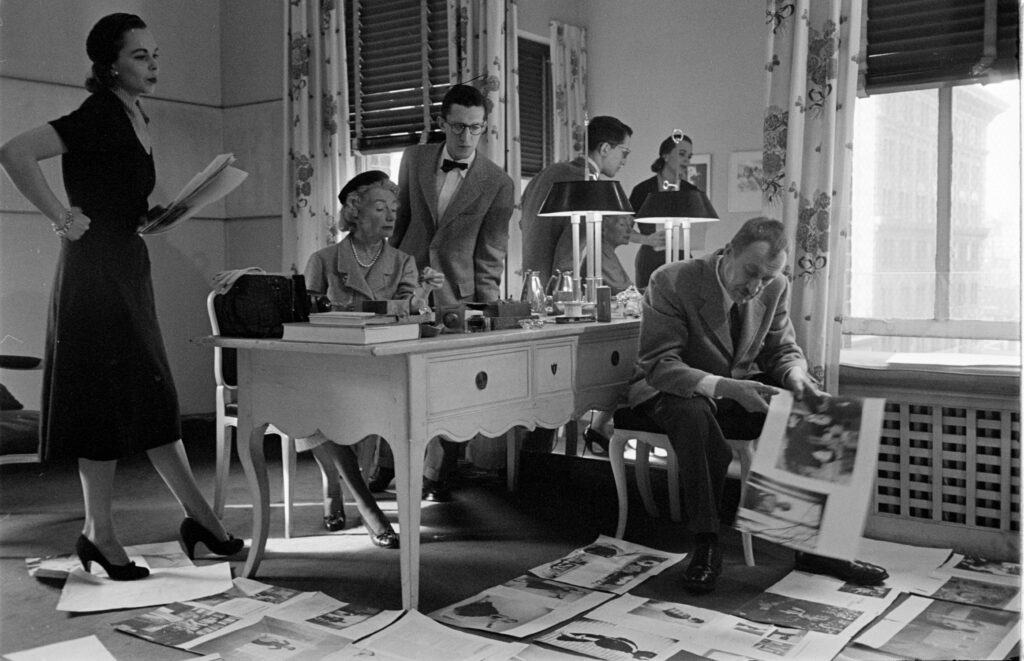Written By: Liz Ronk
Capturing the utter weirdness and wonder of science through photography is a very tall order. Making those photographs beautiful is even more difficult. Or rather, it’s a near-impossibility unless the photographer making those pictures is named Fritz Goro.
A LIFE staffer for four decades, the German-born Goro approached every story he worked on with a creativity and a kind of inspired deliberateness that earned him laurels as one of the 20th century’s very greatest science photographers.
In fact, for many photography critics and scientists alike, he was at-once the most original and the most accomplished photographer of science who ever lived.
Trained in the Bauhaus School of sculpture and design, Goro worked in Germany until the early Thirties, when he and his wife fled the country after Hitler gained power and, as Goro put it, the two of them “had to start a new life.” That new life, it turned out, would center around photography including freelance work for a brand new magazine based in New York called LIFE.
Goro liked to say that his expertise was due at least in part to his own ignorance. He photographed subjects that “more knowledgeable photographers might have considered unphotographable…. I began to take pictures of things I barely understood, using techniques I’d never used before.”
He designed his own optical systems to capture (often for the first time, by anyone) everything from bioluminescence to the mechanisms behind the circulation of blood through a living body. He traveled the globe while shooting for LIFE the Antarctic, Mexican jungles, the Australian outback enduring brutal cold and searing heat; but more often than not, it was in the controlled, cool space of a laboratory or a studio that he crafted his most breathtaking, groundbreaking work.
When he died in 1986, at the age of 85, a former science editor at LIFE named Gerard Piel said of Goro that “it was his artistry and ingenuity that made [his] photographs of abstractions, of the big ideas from the genetic code to plate tectonics” so effective and so utterly memorable. Here, LIFE.com presents a selection of photographs that hint at the scope of Goro’s achievement while paying tribute to the boundless range of human intellect, curiosity and imagination.

A pair of 90-day-old cow fetuses clearly visible inside an amniotic sac, 1965.
Fritz Goro Time & Life Pictures/Shutterstock

Fetus in an artificial womb, 1965.
Fritz Goro Time & Life Pictures/Shutterstock

Molecular electronics, 1961.
Fritz Goro Time & Life Pictures/Shutterstock

Sheep that survived an atom bomb test are studied for radiation poisoning, 1949.
Fritz Goro Time & Life Pictures/Shutterstock

An anesthetized monkey has its brain activity monitored, 1971.
Fritz Goro Time & Life Pictures/Shutterstock

A scientist uses a quartz rod as a light conductor to observe a frog’s organs, 1948.
Fritz Goro Time & Life Pictures/Shutterstock

An astronaut tests noise levels (coming from giant speakers) that mimic the high-decibel sound of a rocket launch, 1967.
Fritz Goro Time & Life Pictures/Shutterstock

Inspecting machinery that forges a large magnet to be used in a cyclotron, or early atom smasher, 1948.
Fritz Goro Time & Life Pictures/Shutterstock

Reactor dome is lowered, by means of a huge crane, into the reactor pit of the under-construction Shippingport Atomic Power Station in Pennsylvania, 1957.
Fritz Goro Time & Life Pictures/Shutterstock

Lasers, 1963.
Fritz Goro Time & Life Pictures/Shutterstock

A radio telescope listens to sounds from space, 1951.
Fritz Goro Time & Life Pictures/Shutterstock

Two perspectives of a single hologram, projected on screens when a laser passes through the hologram at different places, 1966. Hologram made by Juris Upatnieks.
Fritz Goro Time & Life Pictures/Shutterstock

A scientist holds a plastic block that he blasted with charged electric particle while investigating the notion of lightning as a rain trigger, 1962.
Fritz Goro Time & Life Pictures/Shutterstock

A speck of the world’s first plutonium, 1946.
Fritz Goro Time & Life Pictures/Shutterstock

Blood circulating through a heart, 1948.
Fritz Goro Time & Life Pictures/Shutterstock

Shipboard laboratory equipment used for measuring sea water to detect any traces of radioactivity after an atomic bomb test in Bikini lagoon, 1946.
Fritz Goro Time & Life Pictures/Shutterstock

Representation of a segment of a DNA molecule, 1963.
Fritz Goro Time & Life Pictures/Shutterstock

Burning a candle in a sealed flask of oxygen on a balance shows that matter can not be destroyed, 1949.
Fritz Goro Time & Life Pictures/Shutterstock

A model of a space capsule simulates the return to Earth in a NASA lab, 1961.
Fritz Goro Time & Life Pictures/Shutterstock

Research on cigarette smoking and lung cancer, 1953.
Fritz Goro Time & Life Pictures/Shutterstock

Demonstrating early fiber optics, 1960.
Fritz Goro Time & Life Pictures/Shutterstock

Newly hatched larvae of the Tubularia, a plantlike animal, primed to float away and lodge on a rock or a seashore piling, 1969.
Fritz Goro Time & Life Pictures/Shutterstock

A leaf-cutter ant carries away rose fragments, 1947.
Fritz Goro Time & Life Pictures/Shutterstock

A three-foot-long Caribbean octopus sucks the meat out of its favorite prey, the blue crab, 1953.
Fritz Goro Time & Life Pictures/Shutterstock

Fritz Goro on assignment off Bikini Atoll, shooting photographs for LIFE magazine, 1953.
Fritz Goro Time & Life Pictures/Shutterstock

































